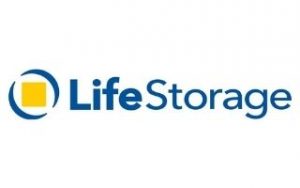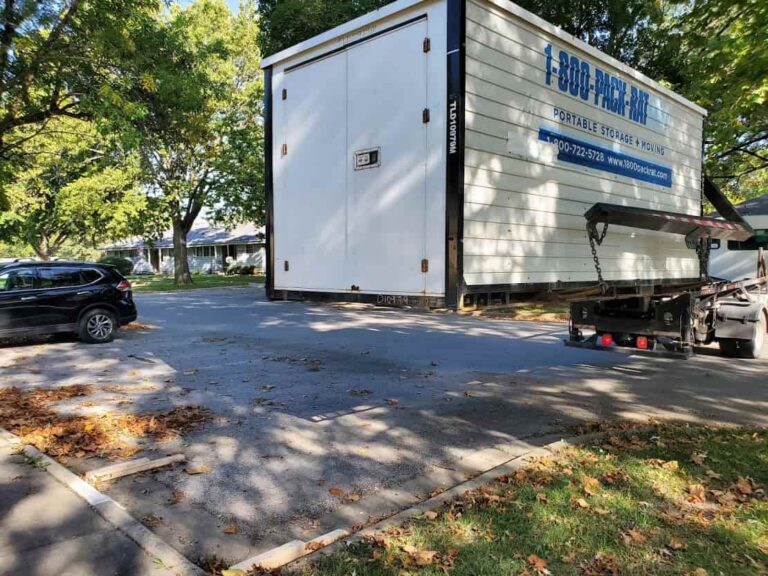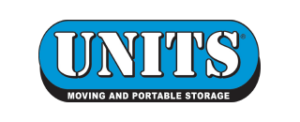5 steps to estimate the storage unit size you need
1. Perform an inventory of your belongings
The first step to estimating the storage unit size you need is to see how much stuff you have. Count all your boxes and identify larger items like couches, tables, and bookshelves. Be sure to write everything down so you can refer to it later.
For example, if you want to store the contents of a small bedroom in a self-storage unit, your inventory might look like this:
Make a written list of everything you plan to put in your storage unit. You’ll need it to estimate what size you need.
Keep track of things that may require climate-controlled storage as you perform your inventory. Sensitive items like business documents, photographs, and art will require lower humidity and temperature—something you'll only get in climate-controlled storage units.
2. Double-check your home storage options
After you’ve inventoried every room, the next step is to make sure you’ve used all of your home’s available storage space. The last thing you want is to pull the trigger on a storage unit only to realize you could have purchased a smaller (and cheaper) one by storing some of your things in a partly empty closet or an unused corner of your garage.
The difference between a small and medium-sized storage unit is about $1000 per year, so it’s worth taking five minutes to double-check your options.
What fits in a small storage unit?
Small storage units are 5 feet long and 5 feet wide, so they will typically fit no more than 50 square feet of belongings. People often store smaller items like outdoor gear, patio furniture, small furniture, and seasonal items in small units.
The third step to estimating the storage unit size you need is to measure your belongings. When you pick a storage unit size in Step 4, you’ll want to have one of two measurements:
- Square feet (sq. ft.). Multiply the length and width of your belongings. If they make a pile that’s 5 x 5 feet, you’d need a storage unit with at least 25 square feet (Extra Space Storage has excellent 5 x 5 storage units).
- Cubic feet (cu. ft.). Multiply the length, width, and height of your belongings. If your larger items make a pile that measures 5 x 5 x 5 feet, you’d need a storage unit with at least 75 cubic feet.
There’s no one right way to measure your stuff. One approach is to put all your things into a pile and measure the stack to determine your storage needs. Another option is to individually measure each item’s length, width, and height. For a little extra help, take a look at Extra Space Storage's moving calculator.
Anything works so long as you have an estimate of your square or cubic footage for the self-storage unit. For help calculating measurements in feet, check out our guide to measuring linear and square feet.
What do I use to measure my belongings?
You can use a standard tape measure, yardstick, ruler, or even your phone’s measuring app to measure your stuff. Just jot down the measurement on your cell phone and compare it to available storage unit sizes.
4. Pick a small, medium, or large storage unit size
After you measure everything, determine whether you need a small, medium, or large unit. There are dozens of storage unit sizes, but they all fall into these three categories. Small units hold up to 50 square feet of belongings, medium units cap out at 150 square feet, and large units can fit as much as 300 square feet.
Move.org storage unit size guide
Sizes | Common dimensions (feet) | Square footage | Cubic footage | What fits |
| Small | 5 x 5–5 x 10 | 25–50 | 200–400 | Up to 1 room |
|---|
| Medium | 5 x 15–10 x 15 | 75–150 | 600–1,200 | Up to 3 rooms |
|---|
| Large | 10 x 20–10 x 30 | 200–300 | 1,600–2,400 | Up to 5 rooms |
|---|
Sizes, dimensions, and details are estimates and may vary by location.
Some companies like CubeSmart also have extra-small units called storage lockers. These are ideal if you live in a big city and have a storage need for things like boxes, holiday decorations, and winter clothing.
CubeSmart's storage lockers are about the size of hall closets—but half as tall.
The easiest way to pick an initial size is to compare your measurements from Step 3 with the Move.org storage unit size guide above. For example, if your inventory measurements equal 125 square feet, you’d want a medium storage unit because its size range is 75–150 square feet.
How tall are storage units?
Most storage units are about eight feet tall—meaning 6′9″ Lebron James would have just over one foot of space between his head and the ceiling.
5. Research specific measurements
The fifth step to estimating the storage unit size you need is to check with storage facilities and pick an exact size. You can save money by choosing a unit big enough to store your larger items—but not so huge that you have lots of leftover space.
In Step 4, you narrowed down your options to a small, medium, or large unit. Now, you want to look at storage unit websites to get more specific measurements and see what the companies say will fit (they all have slightly different recommendations).
We recommend checking with our top storage unit companies in your area.
Number of storage unit sizes by company
Data as of publish date. Average prices include online rates plus taxes and insurance. Applicable one-time administrative fees of approximately $25 not included. Size ranges, offers, and availability may vary by location and are subject to change.











